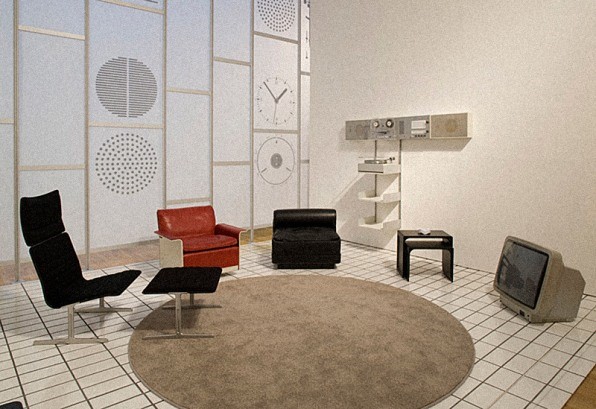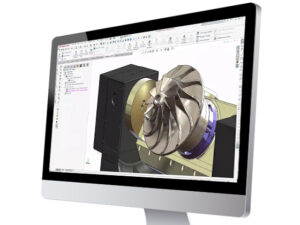
My goal over the last few months is to encourage engineers and designers to devote some time feeding their inspiration while on the neverending quest to stay abreast of the latest technical information and tools of their trade. Something made us passionate about our work and led us into the very field we’re in, and it’s as important to remember those roots as we look to the future.
If you’ve ever heard of Dieter Rams, the German industrial designer, then perhaps you’re reminded of the diversity of his design skills – from consumer electronics at Braun to shelving units and furniture at Vitsoe. It’s a real feat that the furniture he designed at Vitsoe looks as elegantly simple and fresh today as they did in the decades in which they were designed. I won’t attempt to write his life story – others have done that far better than I – but it is good to occasionally review his Ten Principles of Good Design:

Graphic courtesy of Fast Company
Let’s unpack these ideas a bit, shall we? Here’s my take:
Good design is innovative. As technology develops, so must design.
Good design makes a product useful. A product is designed to be used. How well it is designed directly correlates with the frequency and effectiveness of usage.
Good design is aesthetic. There is need for beauty in product design. Rams understood the beauty in a well-executed design.
Good design makes a product understandable. Elon Musk once said, “Any product that needs a manual to work is broken!” And, any iPhone user can certainly assume that Steve Jobs agreed. How often have you been frustrated by poor, non-intuitive, or inconsistent design?
Good design is unobtrusive. Just as lack of style is unappealing; garishness is unnecessary and may date your product before its time.
Good design is honest. Design should not oversell the product and make it something it is not.
Good design is long-lasting. Style for the sake of style is unnecessary. Think about the things you have enjoyed owning for years. Think of the things you have replaced, despite it still functioning within specification.
Good design is thorough down to the last detail. Don’t cut corners, consider all aspects and uses. Don’t take chances to the detriment of the consumer.
Good design is environmentally-friendly. When written decades ago, this was desirable. Now, it is perhaps even more important. And it speaks to more than material or process choices – it speaks to the timelessness of design and the product lifecycle. According to Rams, “We have to move away from the throwaway habit. Things can, and must, last longer. They must be designed so that they can be reused. We need to take more care of our environment. That means not only our personal environment but also our cities and our resources.”
Good design is as little design as possible. “Less is more.” In the world of architecture, Mies van der Rohe popularized this term decades ago. Rams understood it to mean less, but better! In fact, architects such as van der Rohe and Walter Gropius, founder of the Bauhaus School, are specifically cited as influences.

As far as Brooks Stevens’ adoption of the principles of planned obsolescence, Rams might have disagreed. “I always strove for things to be sustainable. By that, I mean the development of long-lasting products, products that don’t age prematurely, which won’t become out of style. Products that will remain neutral, that you can live with longer.”
I don’t pretend to judge, rate, or compare these two icons, and have an equal fascination with both. Yet, I think of designs I have most admired in my life and career – Bang & Olufsen turntables, Klipsch speakers, early Porsche 911 automobiles, Apple iPods and iPhones – and they all exude the timeless, elegant simplicity that Rams preaches.
As I concluded in that article last month: “Let’s continue to look forward – and backward!”
How do you find inspiration in a field that can sometimes seem routine?
All Dieter Rams quotes from 2015 Co.Design interview
Share
Meet the Author

